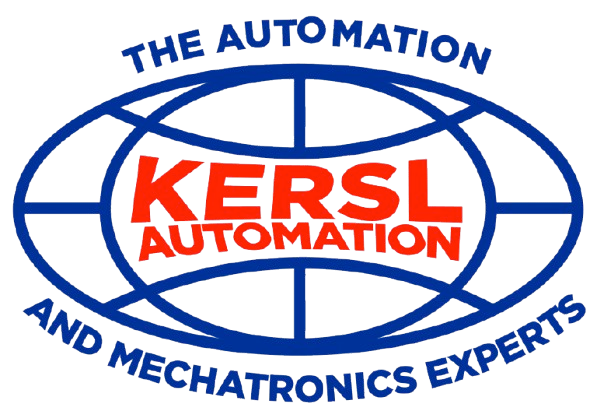Intermediate LabVIEW Programming
This is essentially LabVIEW Core 2 and is an extension of the LabVIEW Core 1 course. It teaches students how to use common design techniques (e.g., state machine, producer-consumer) to develop LabVIEW applications for research, engineering, and testing environments. [Successful completion of LabVIEW Core 1 and Core 2 in the KERSL curriculum will ensure that you will be successful when you take the Certified LabVIEW Associate Developer (CLAD) certification offered by National Instruments.]
Curriculum
1. Use of event-driven programming,
2. Implementing design patterns:
- State machine design (polling)
- State machine design (event-based)
- Producer/consumer design pattern
3. Error handlers
4. Programmatic control of user interface,
5. Techniques to optimize reuse of existing code,
6. Use of file I/O functions
7. Tools to create executables and installers
